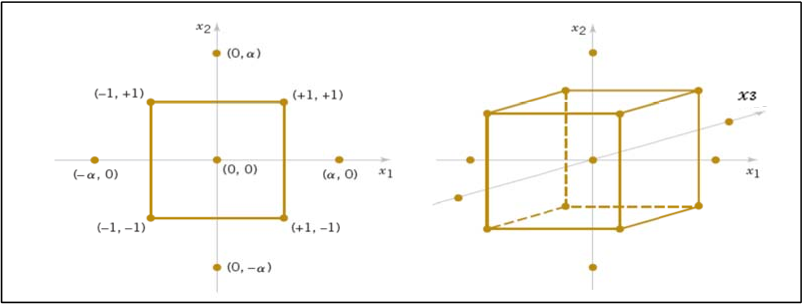




read more











Porosity content, surface roughness, elastic modulus and compressive strength (UCS) were measured as outputs to better understand the quality characteristics of the fabricated samples.
In addition, the increased laser power increases the energy density which improves the wettability of the melt pool, eliminating the differences in surface tension and in turn decreasing the chance of encountering the balling phenomenon which dramatically decreases the side surface roughness [2].
Increasing the scan speed and hatch spacing and/or a decrease in the laser power shall reduce the melt pool and lead to incomplete consolidation.
Small hatching spacing would increase the overlapping area of adjacent scanning lines, resulting in a complete melting of the powderbetween scanning lines.
During the manufacturing of Ti6Al4V open-porous scaffolds using SLM, Weißmann and co-authors [43] concluded that a structure with a porosity % between 43 and 80 experienced an elastic modulus in the range from 26.3 to 3.4 GPa and an UCS in the range from 750 to 100 MPa.
In the current study it was predicted that at 23.62% porosity the elastics modulus and UCS of the SLM part would be 30 GPa and 522 MPa, respectively.
Stress shielding prevents the needed stress being transferred from the implant to adjacent bone, which might result in bone loss in the near-vicinity of implants.
Their results showed that creating pores in a Ti6Al4V part had a significant role in reducing its stiffness, which could allow the implant to have an elastic modulus that is close to that of human cortical bone.
In biomedical applications, a Ti implant with structure similar to that in sample 2 is recommended as it has low elastic modulus.
Decreasing the porosity % from 25.43 to 2.94 resulted in a significant increase in the elastic modulus from 17 to 75 GPa, and a comparable rise in the UCS from 388 to 1749 MPa.
for biomedical application, implants with rough surfaces are preferred to allow tissues to grow inside and integrating them to the hosting bones.